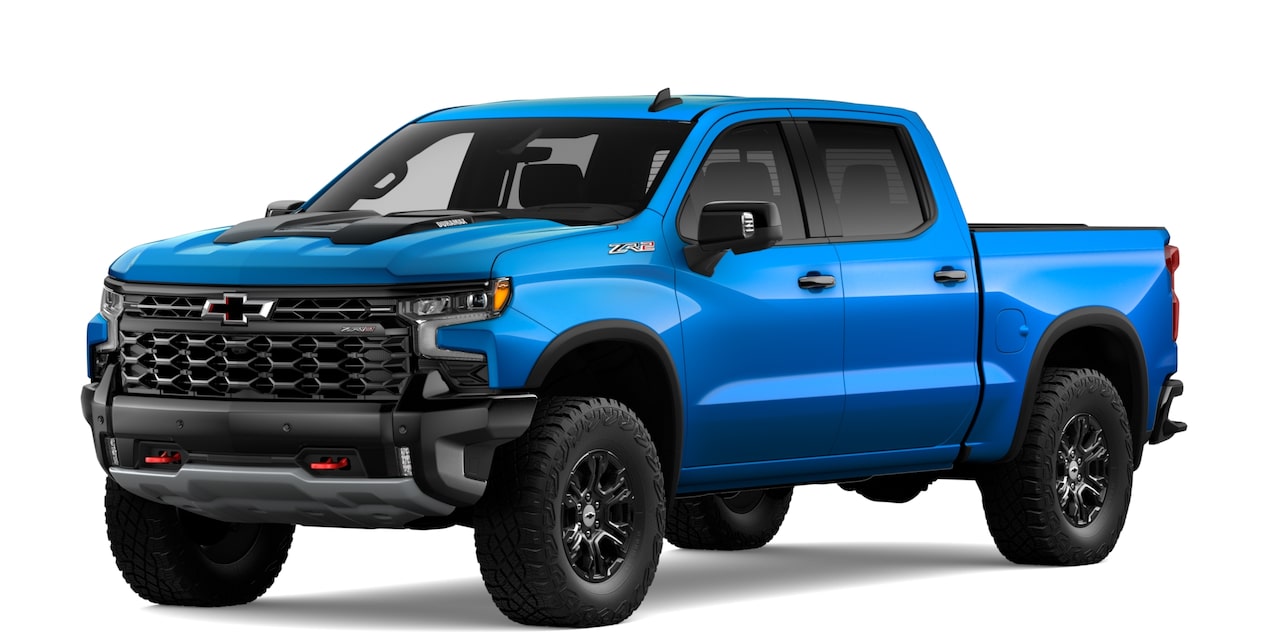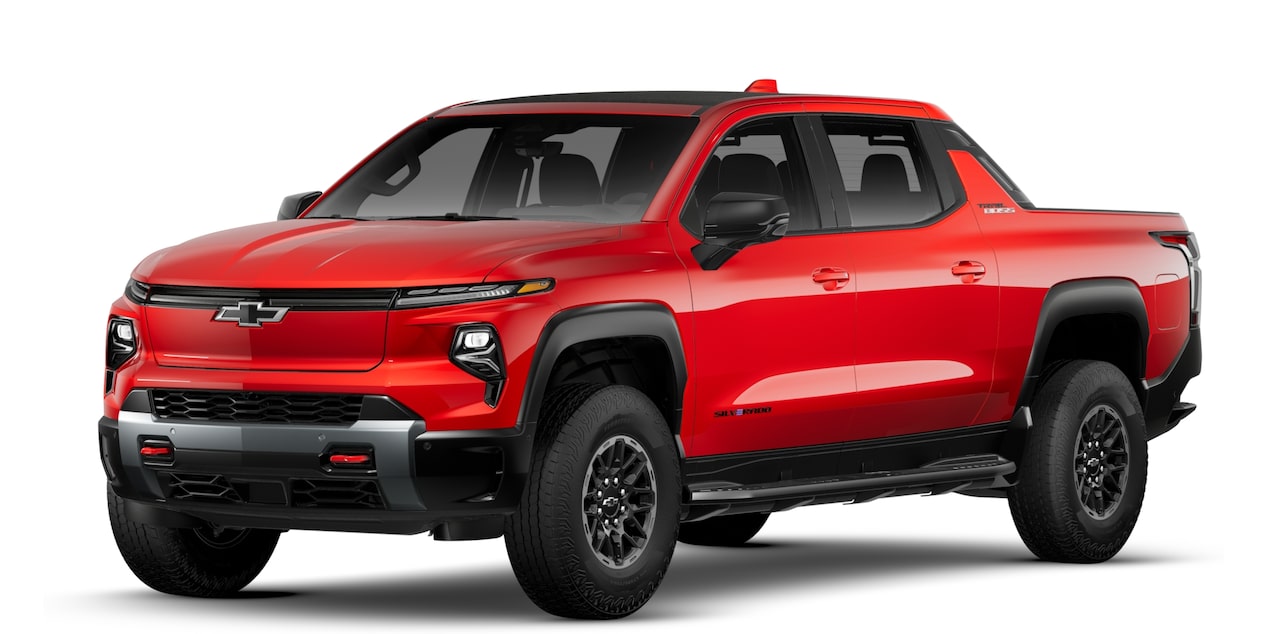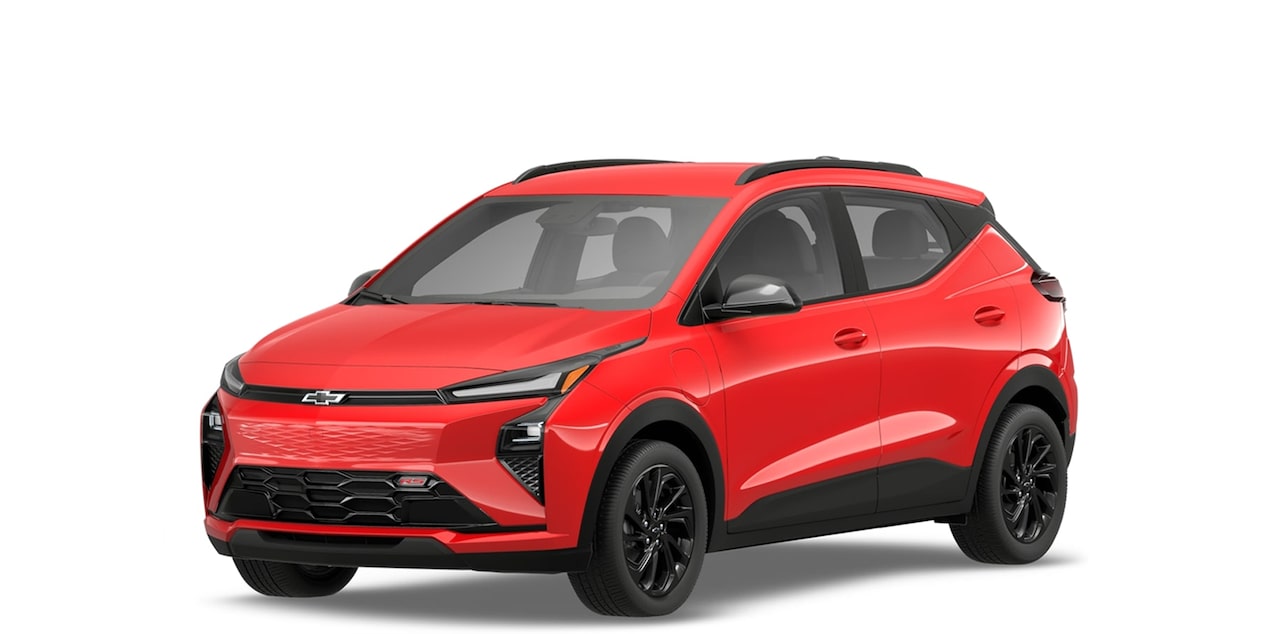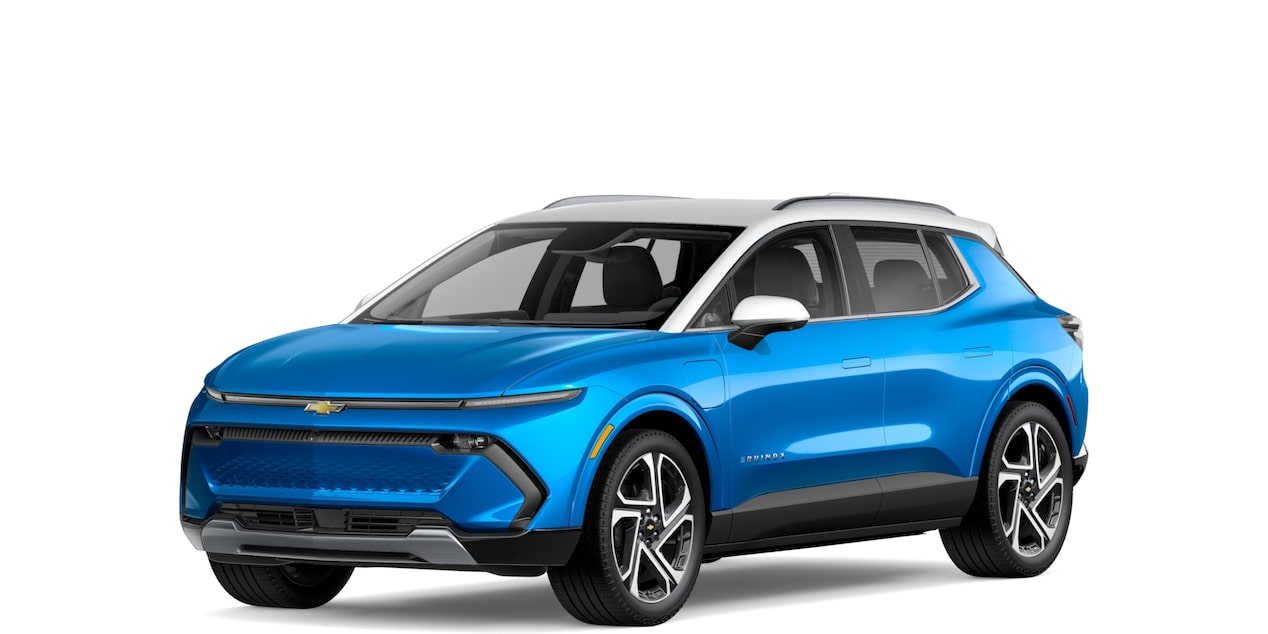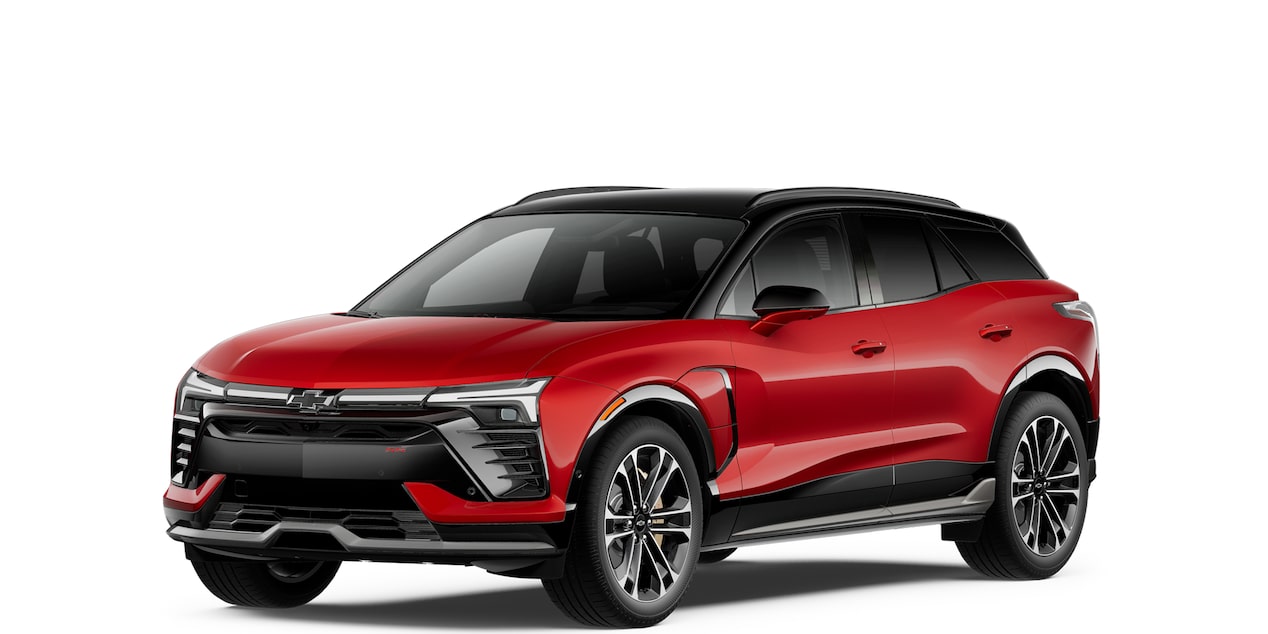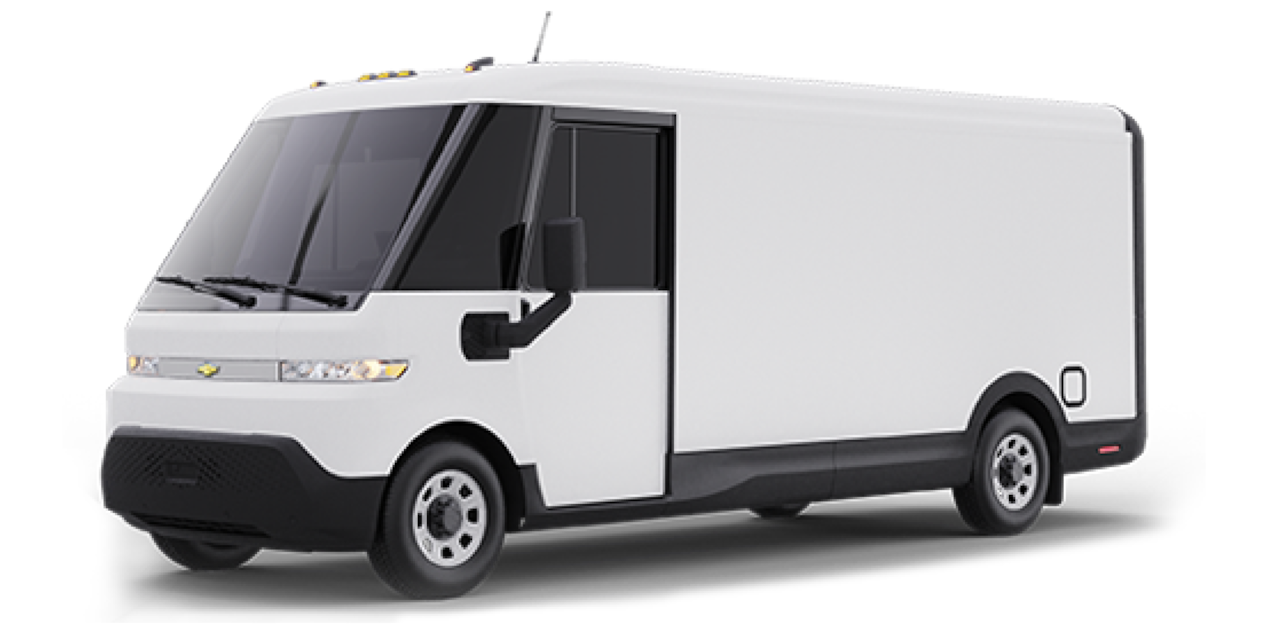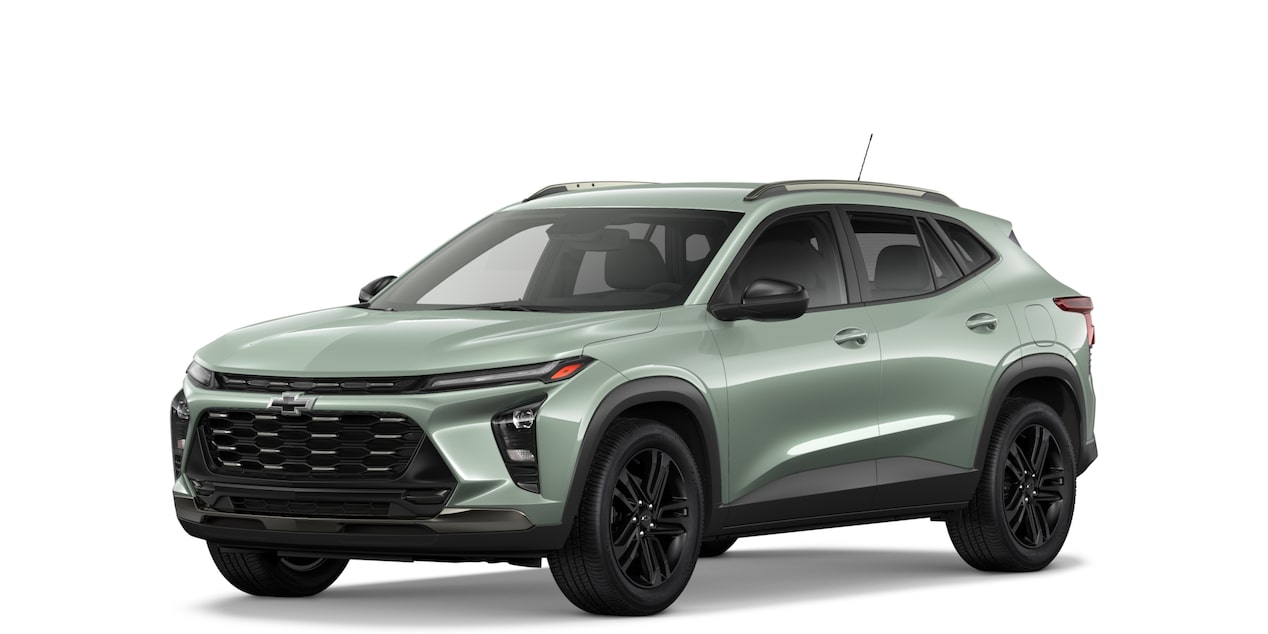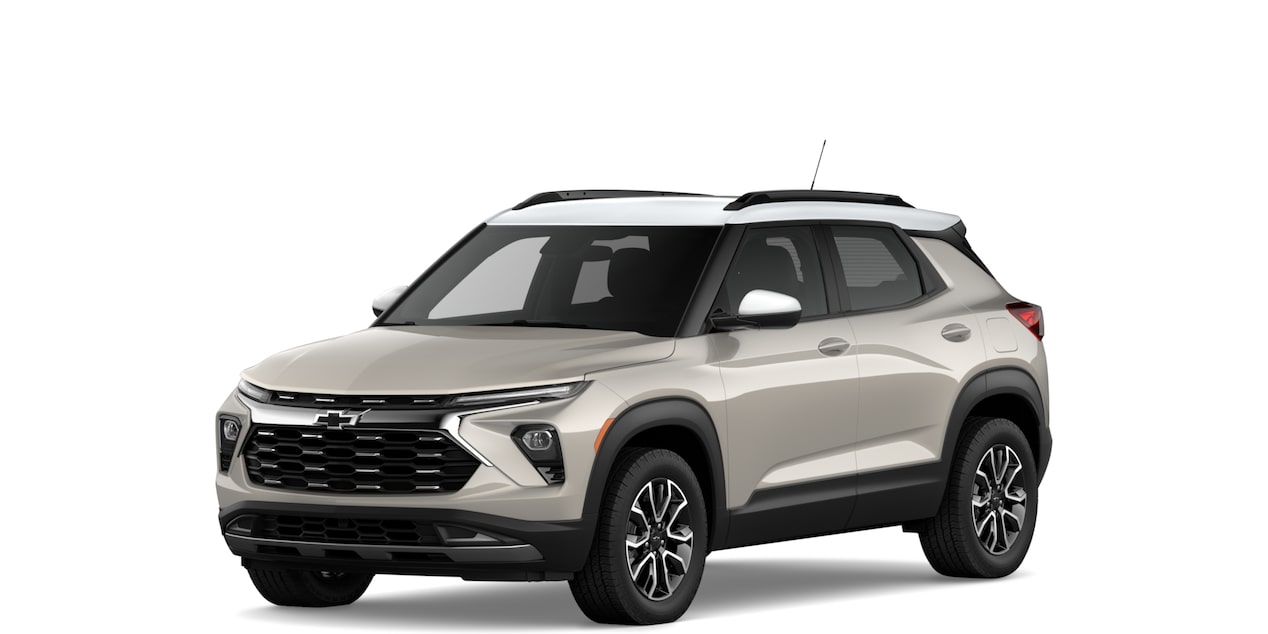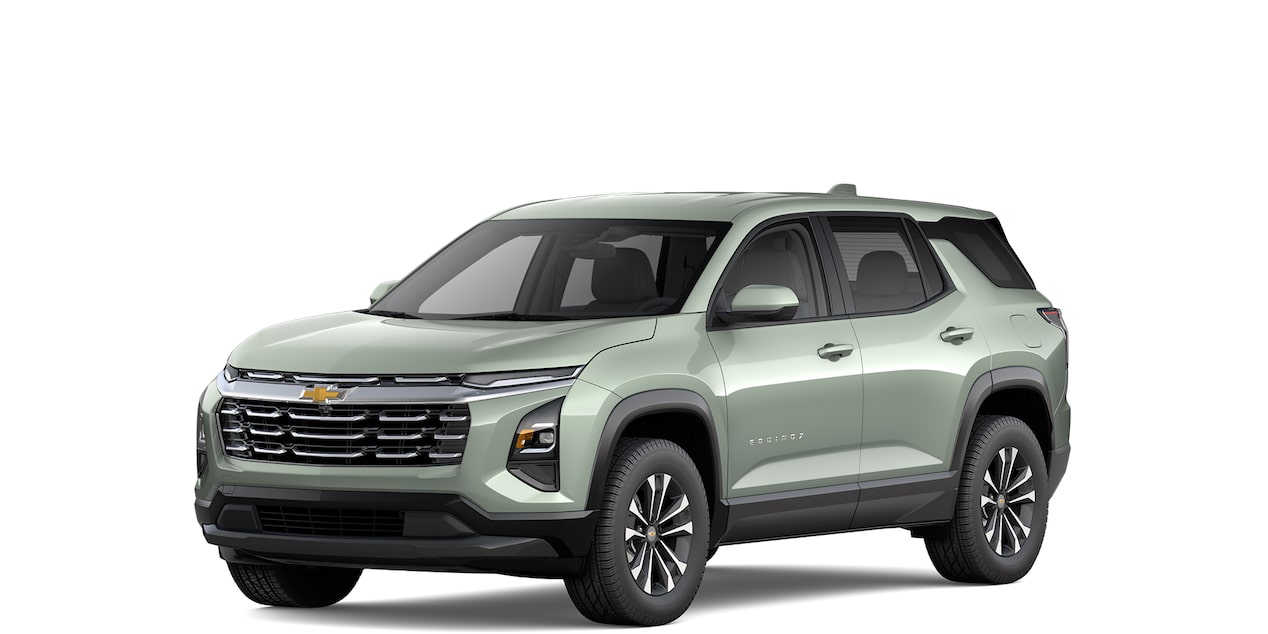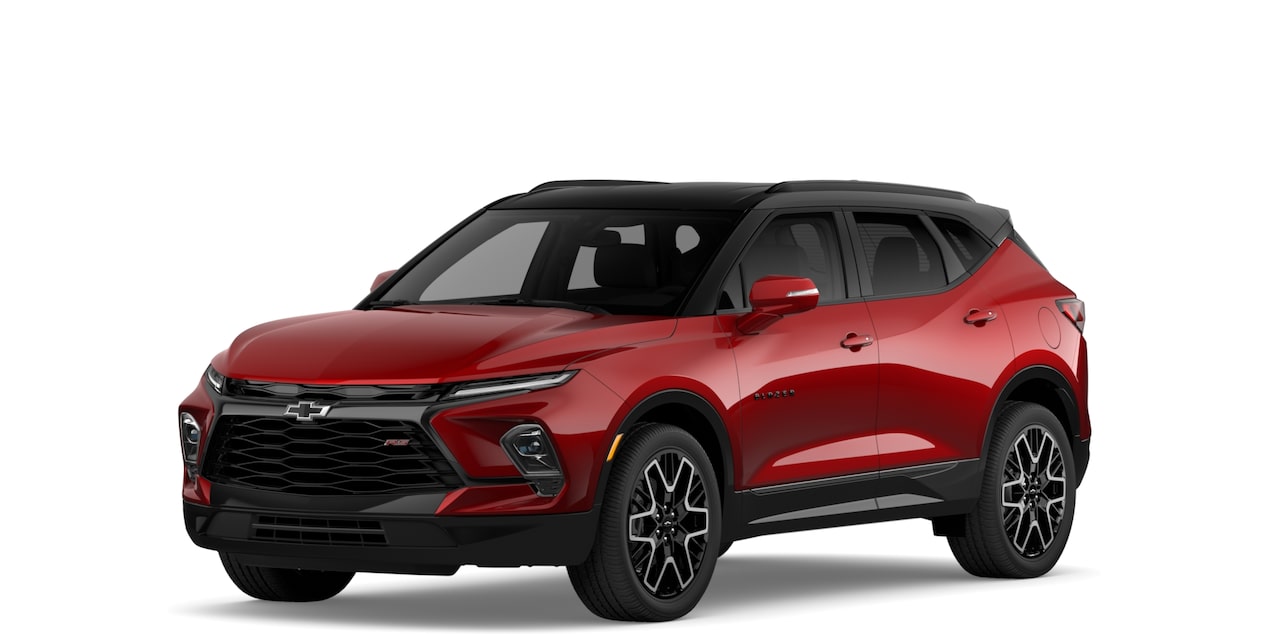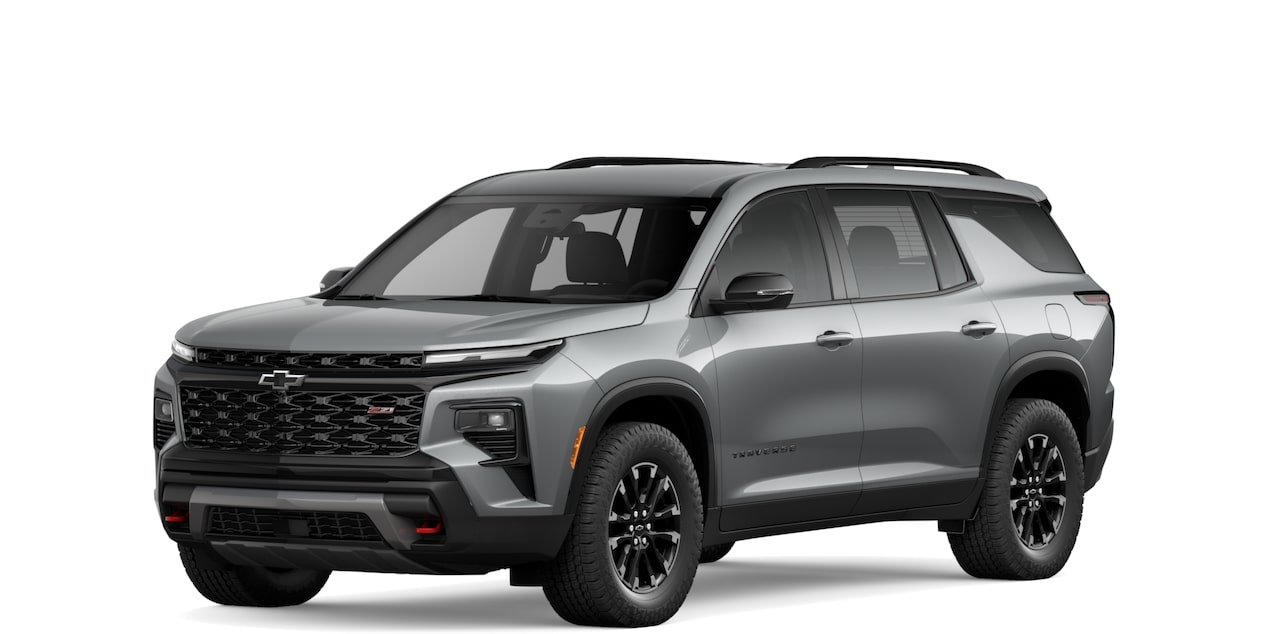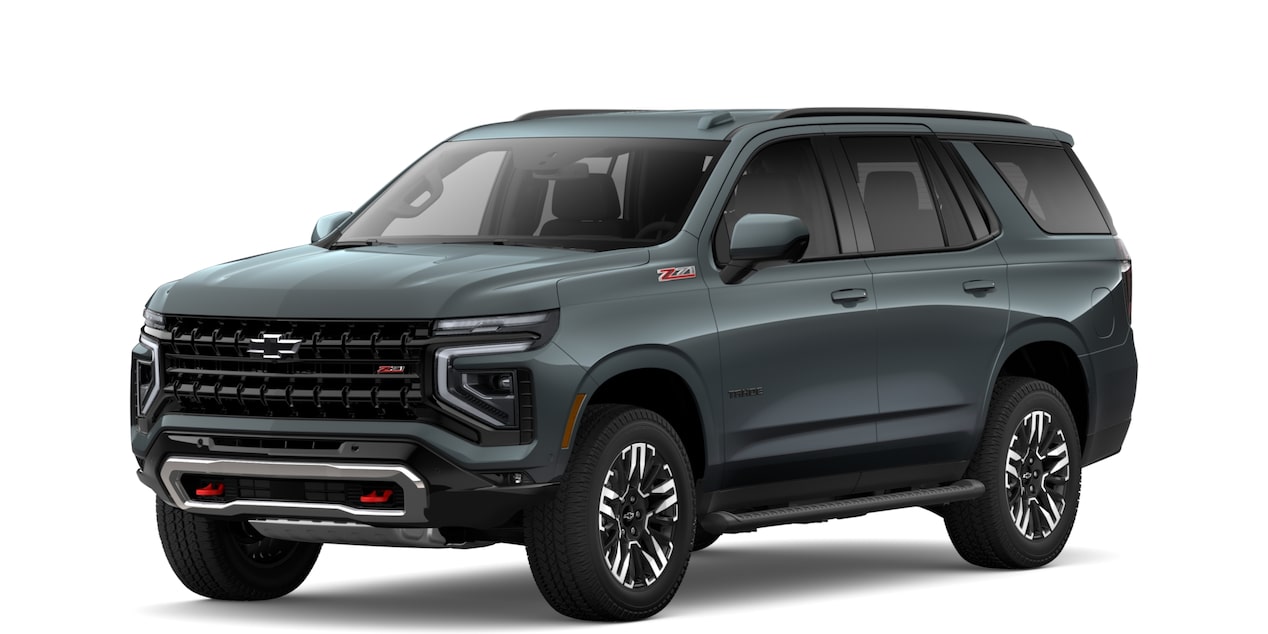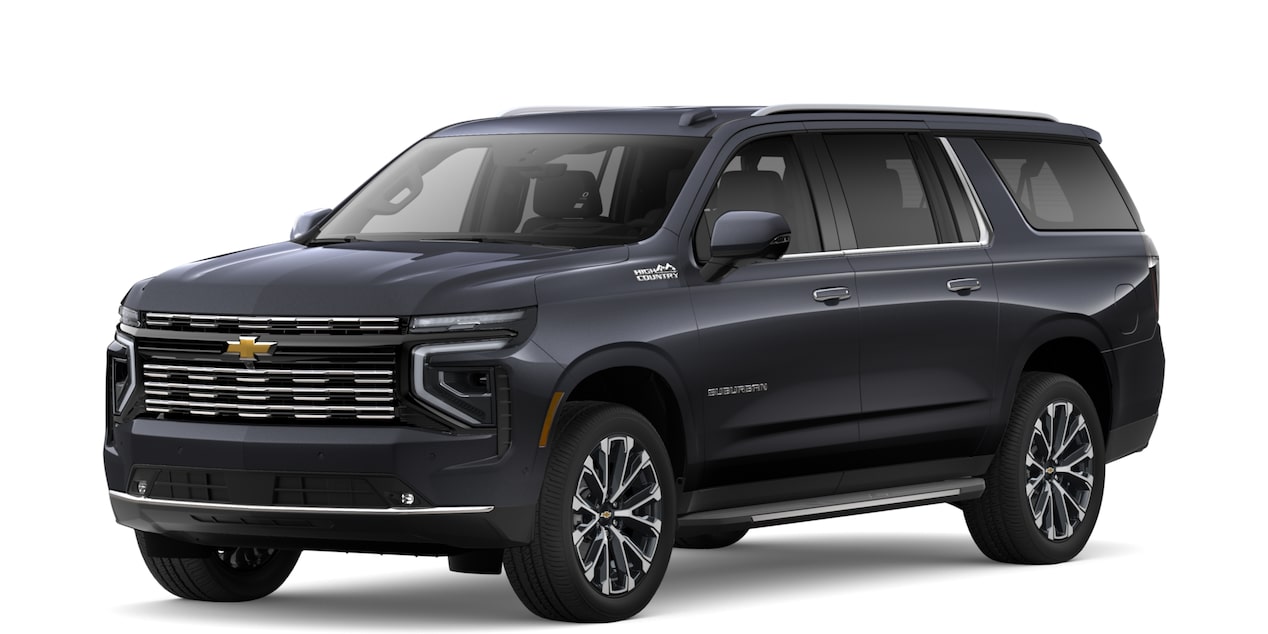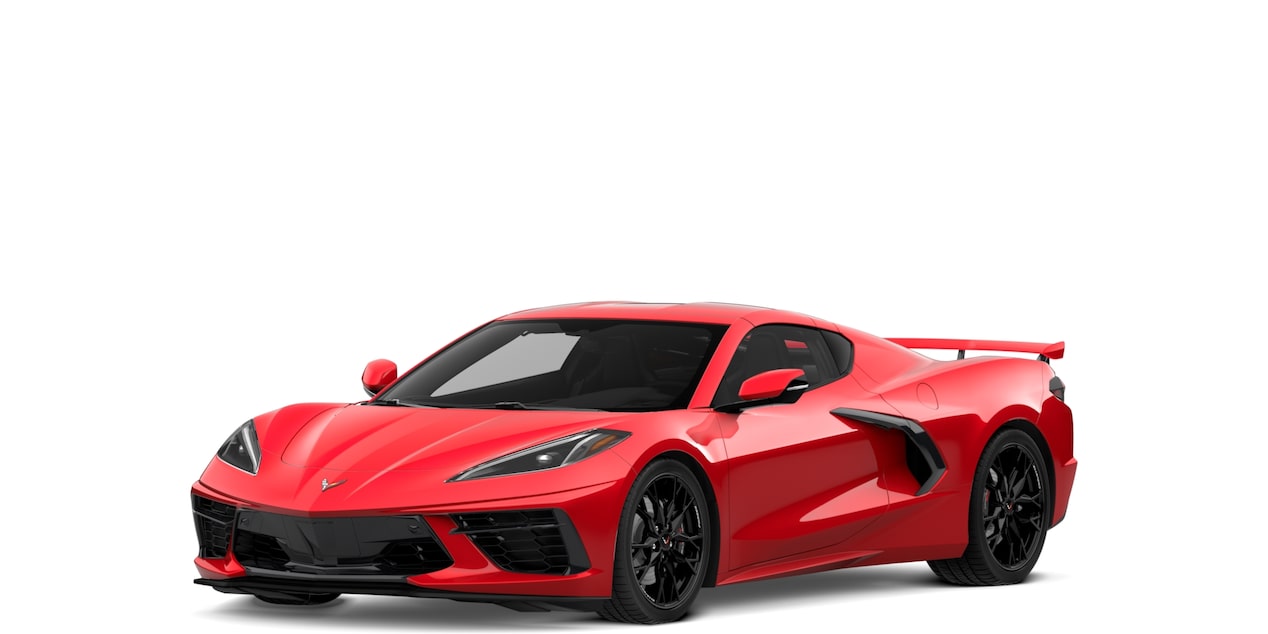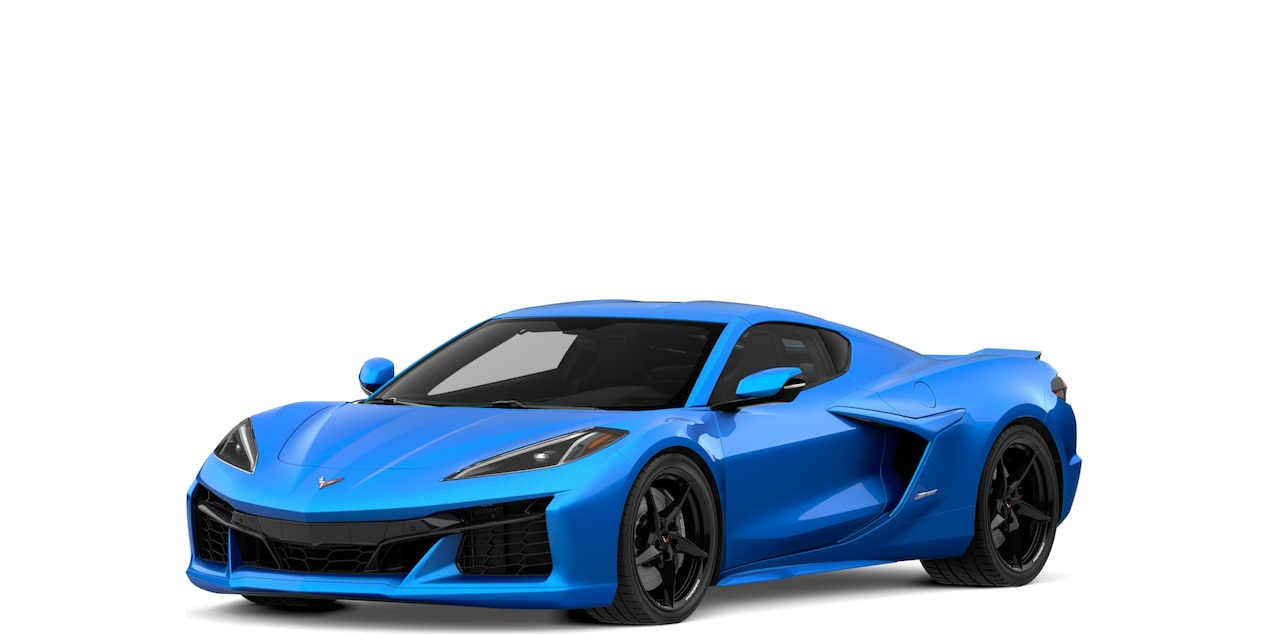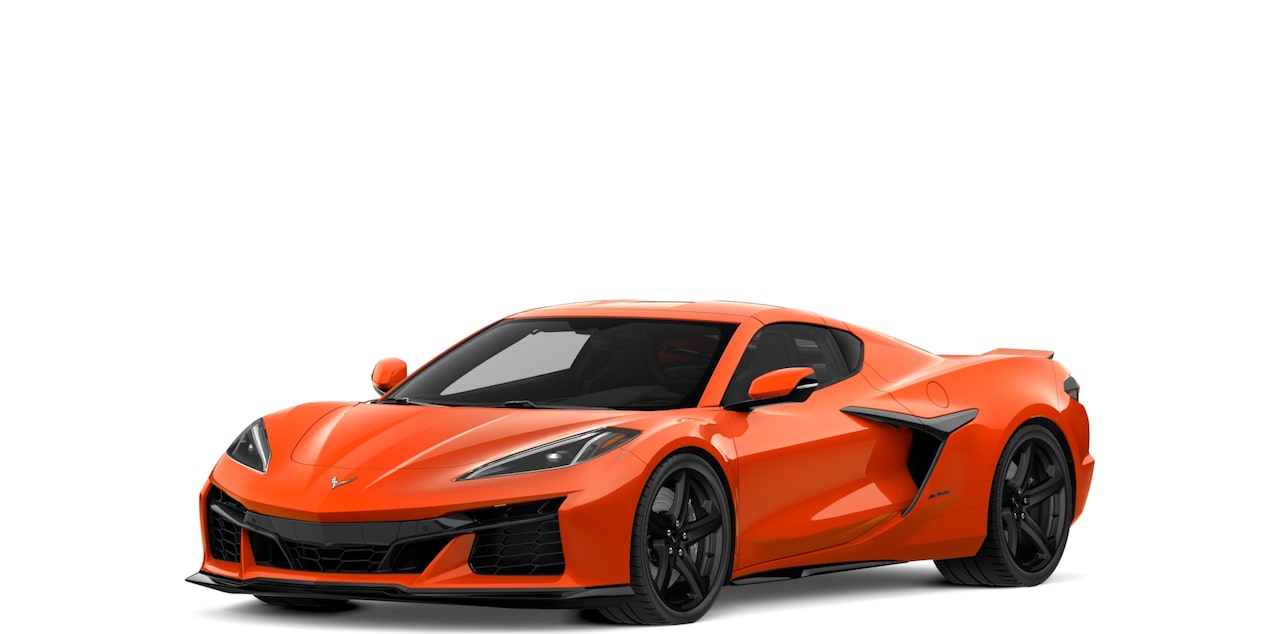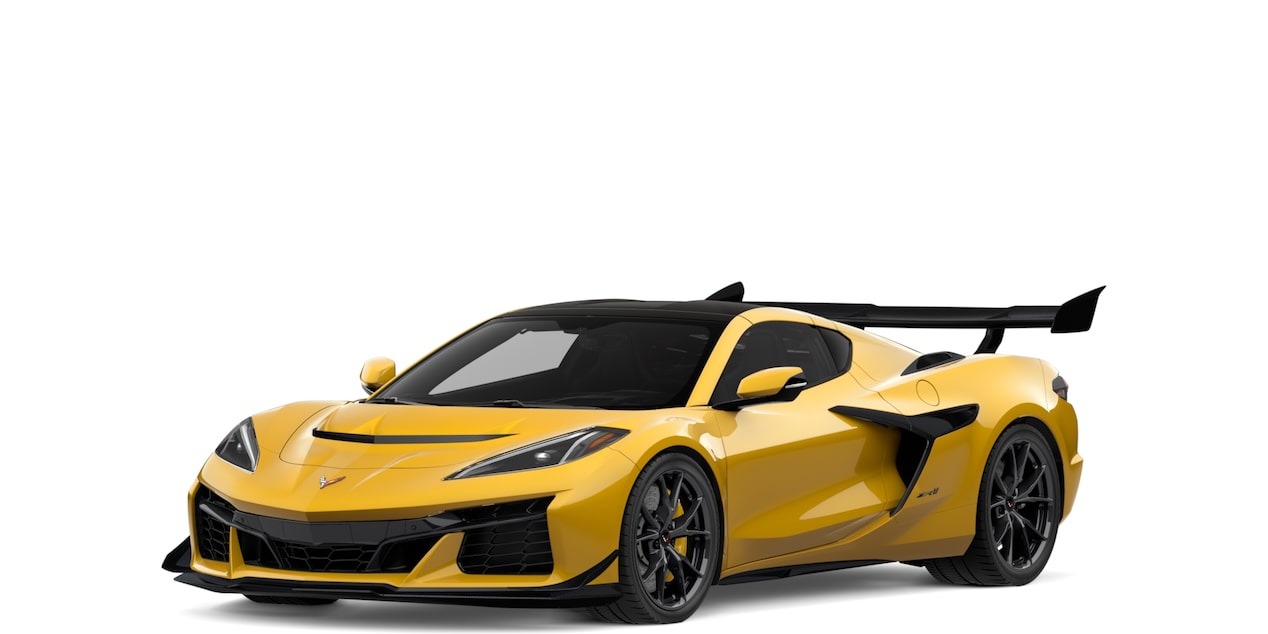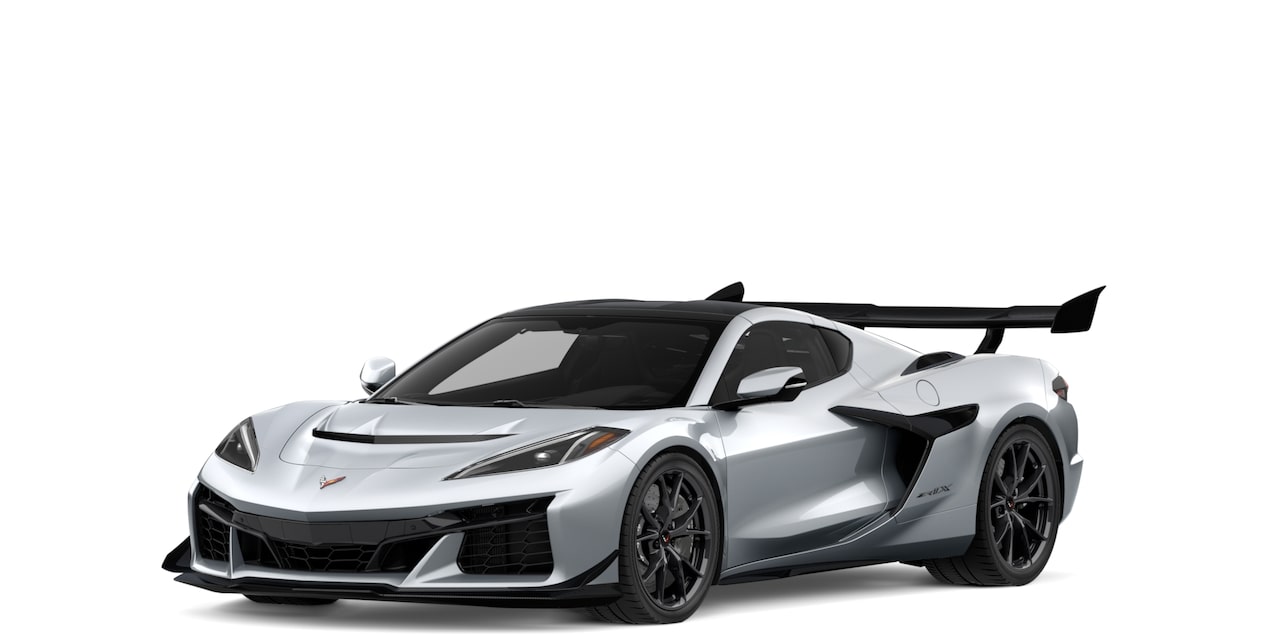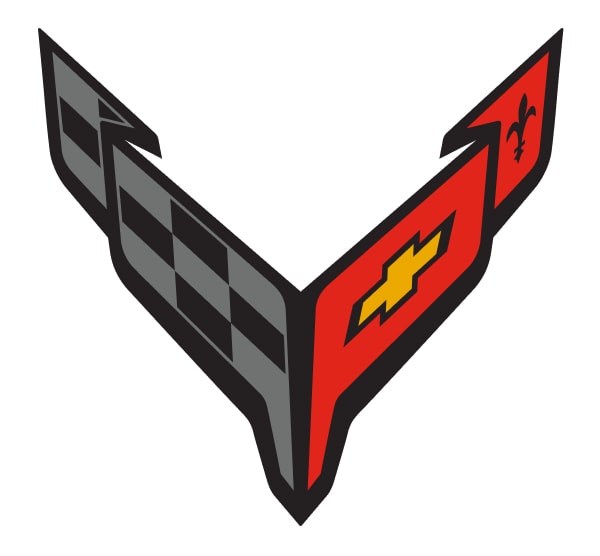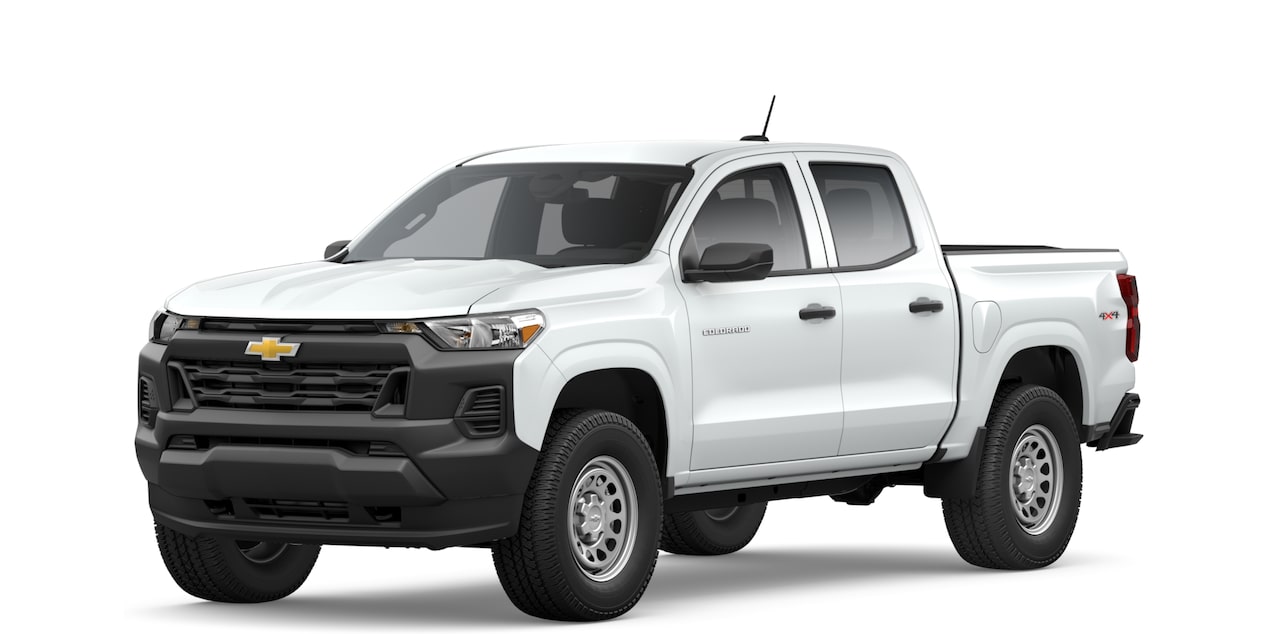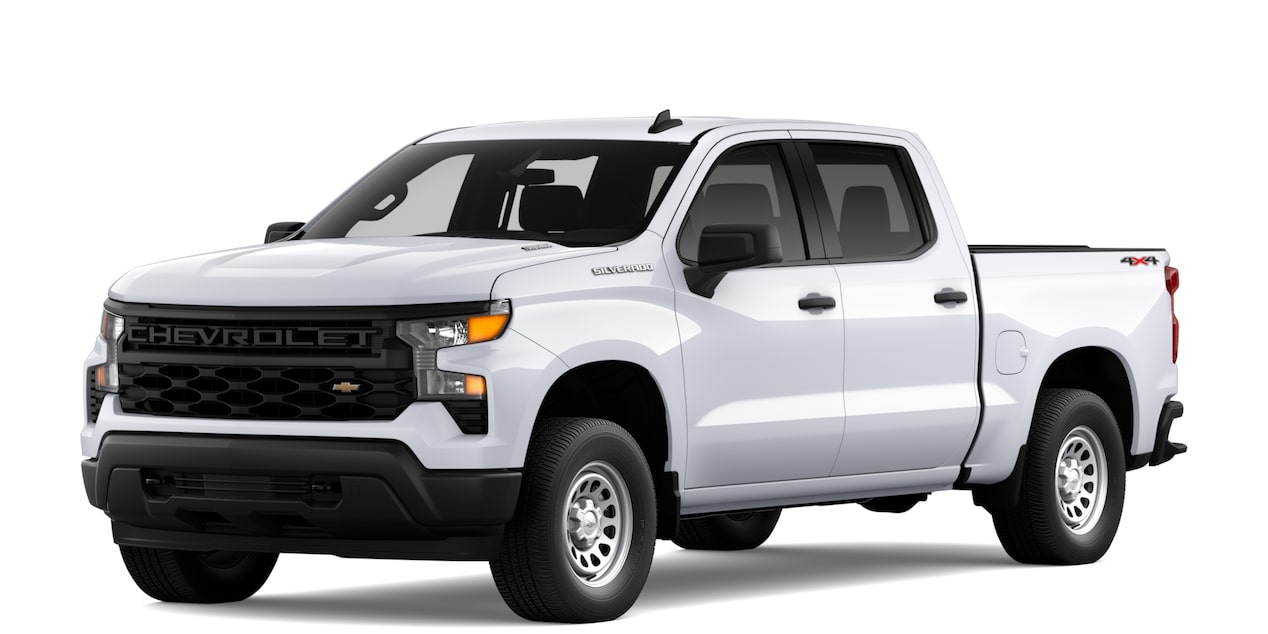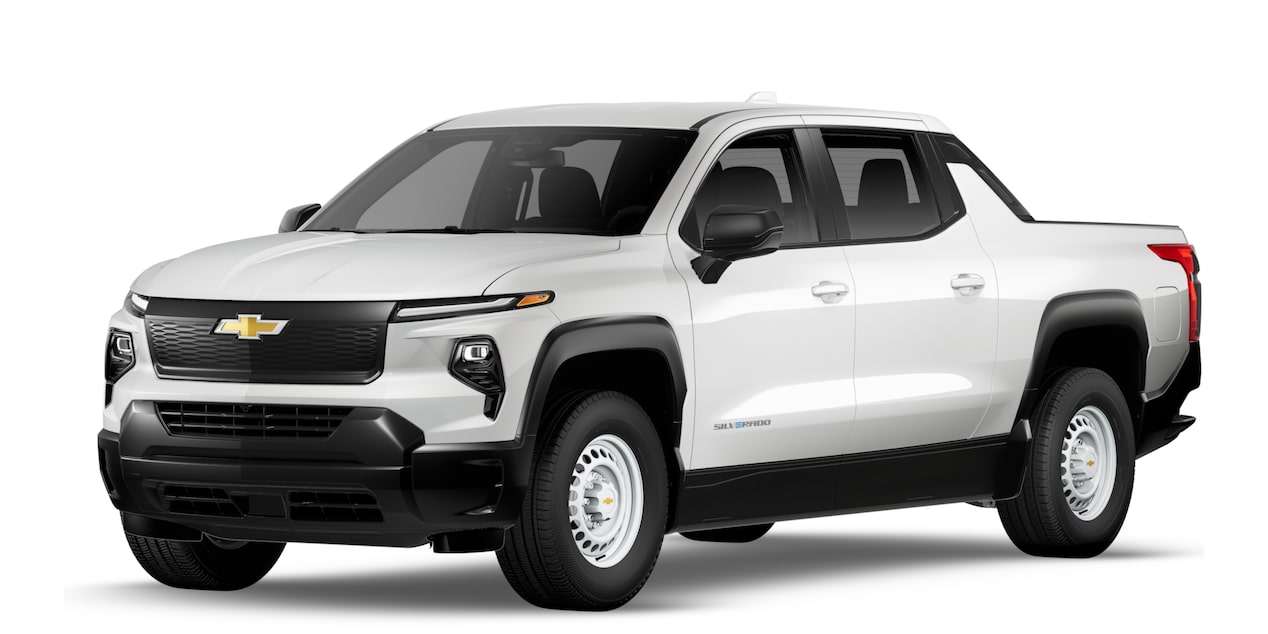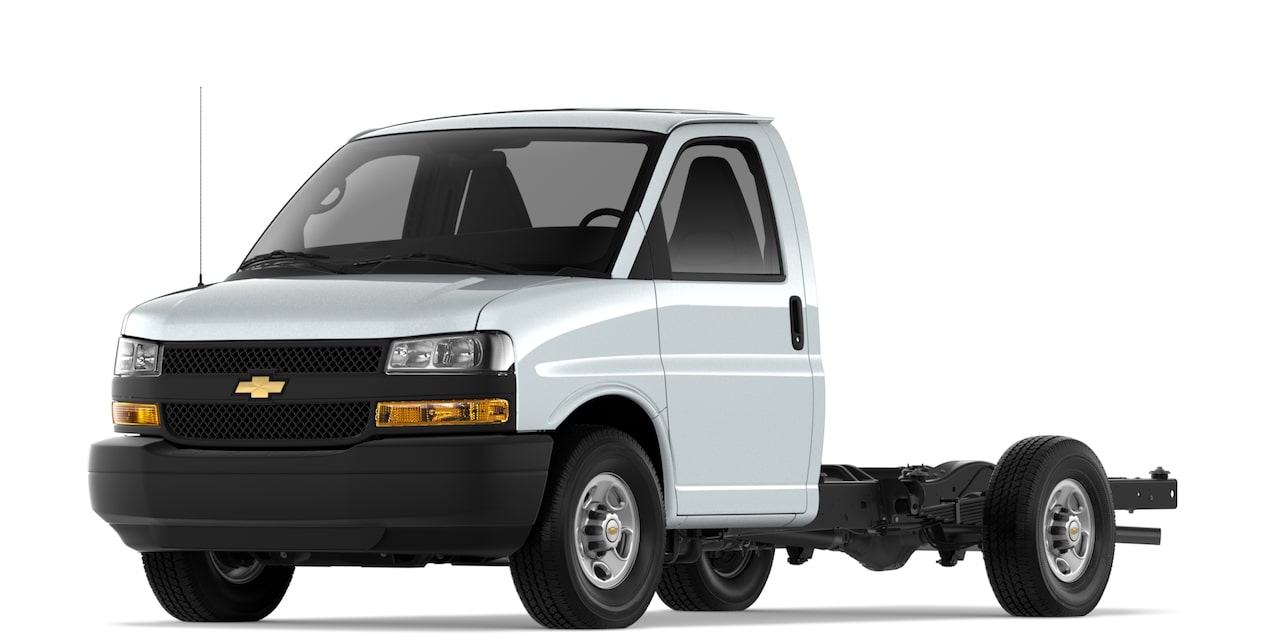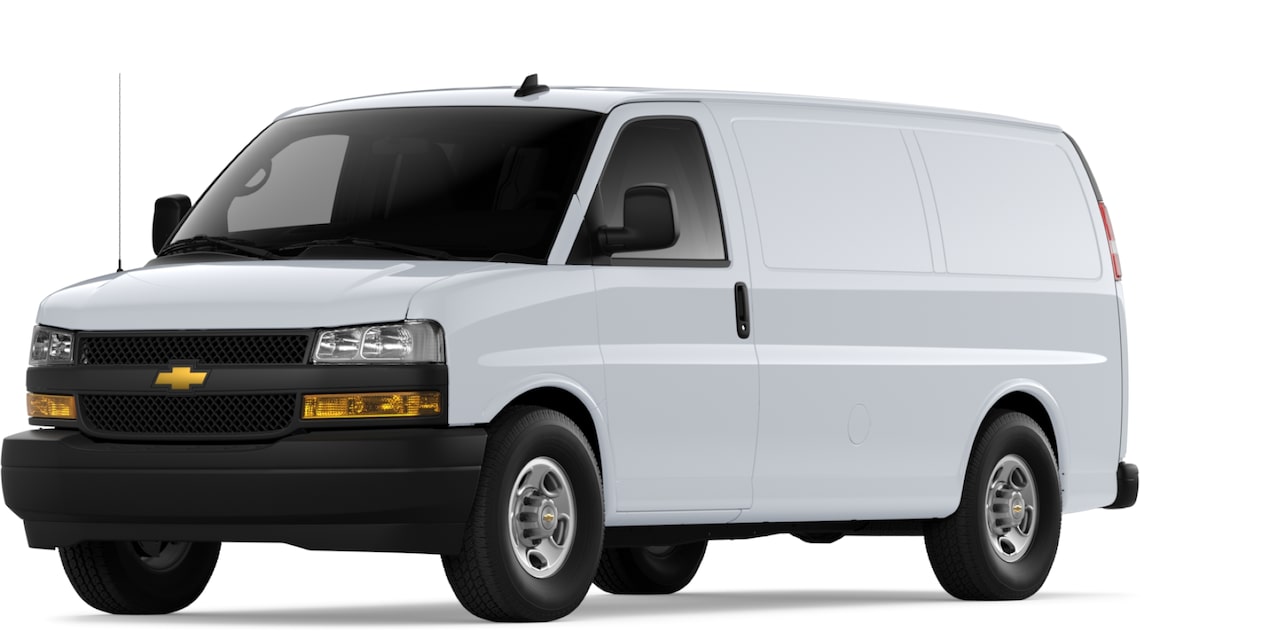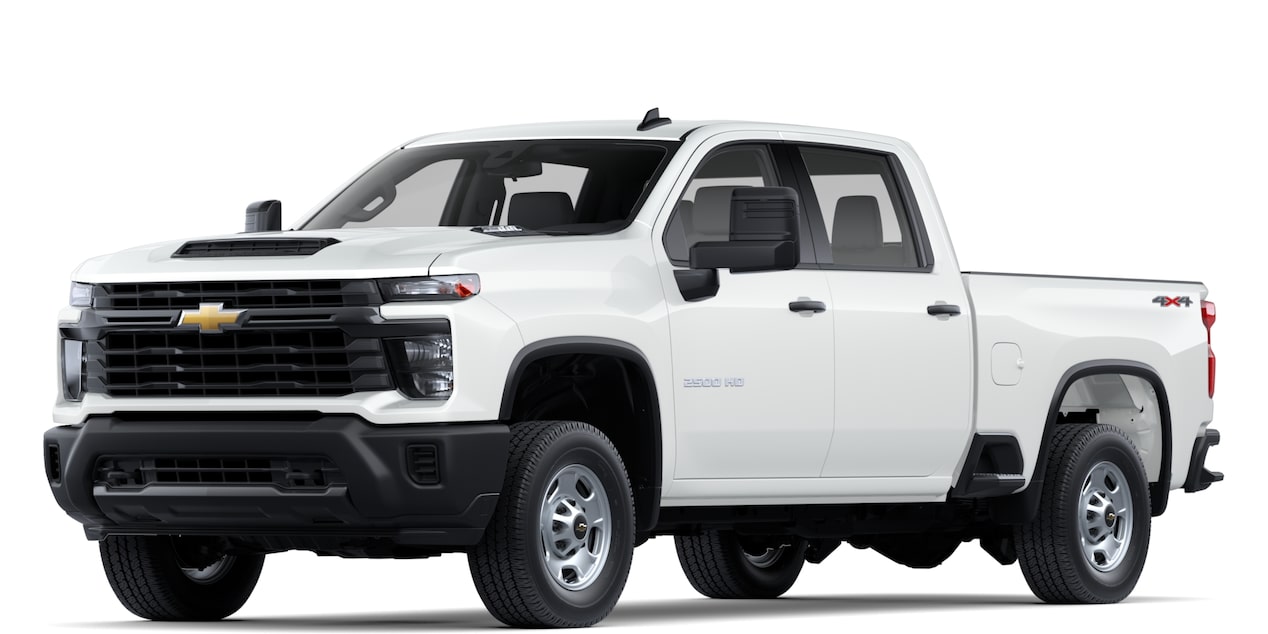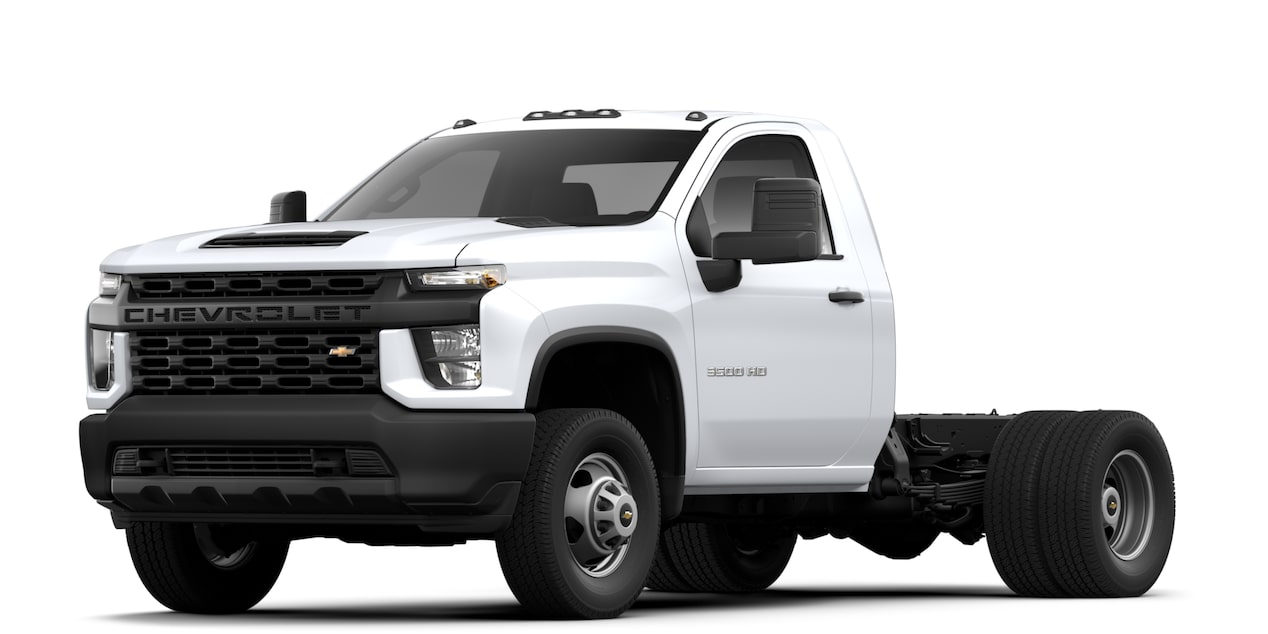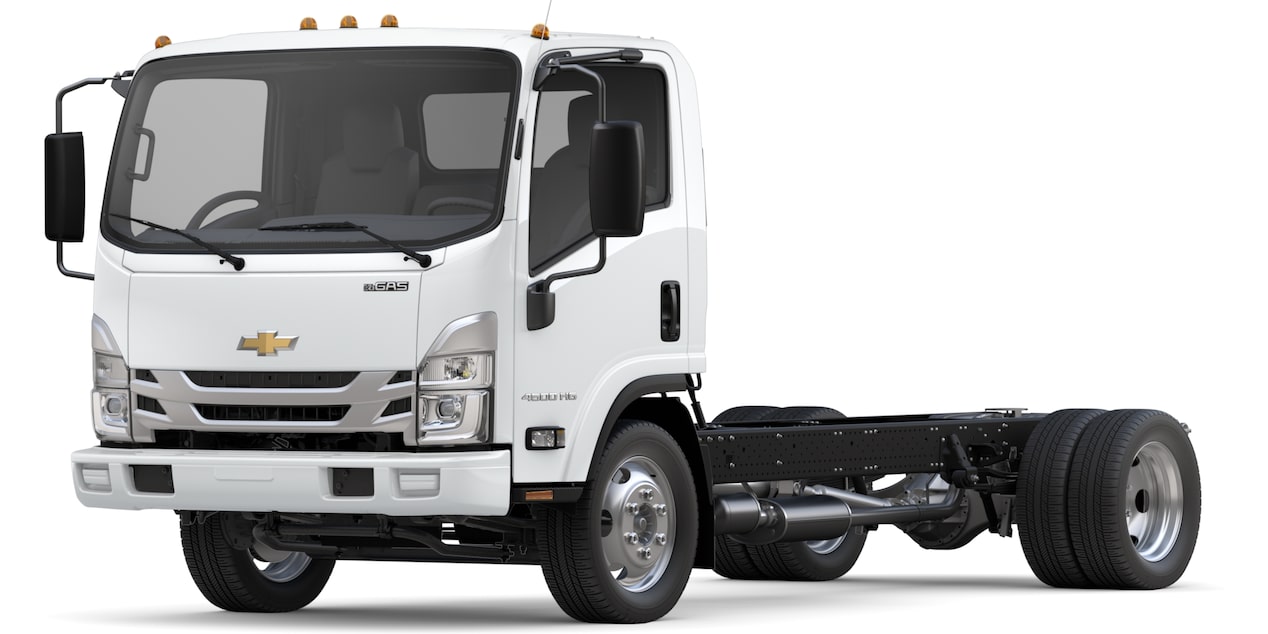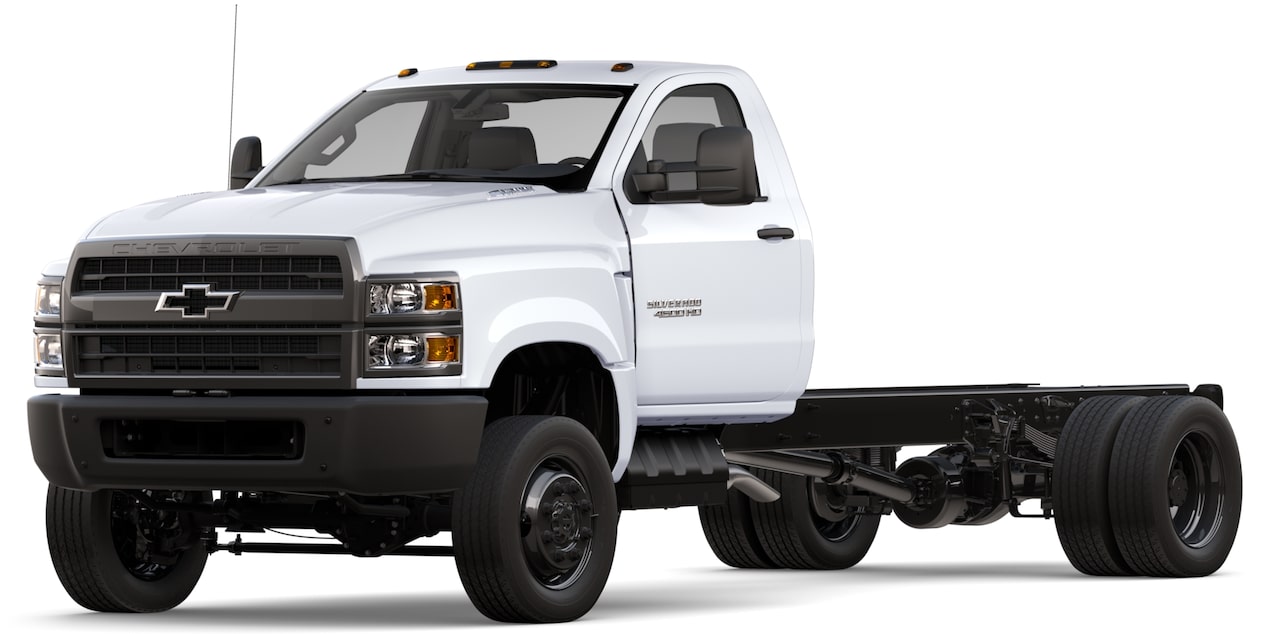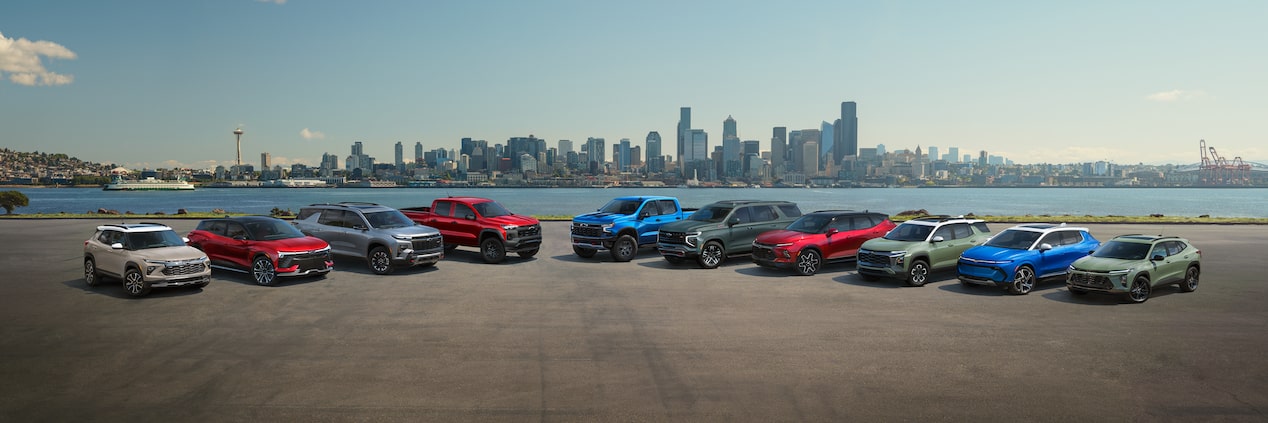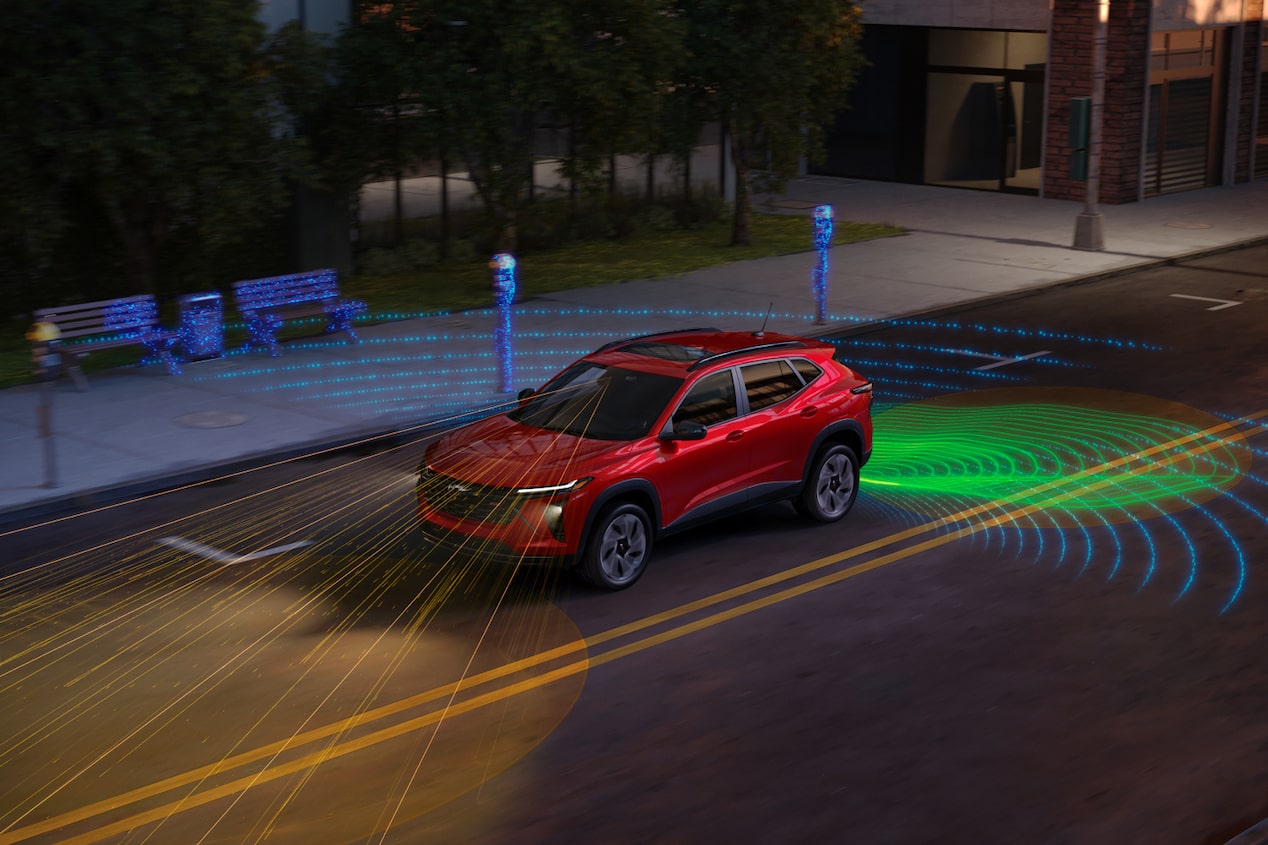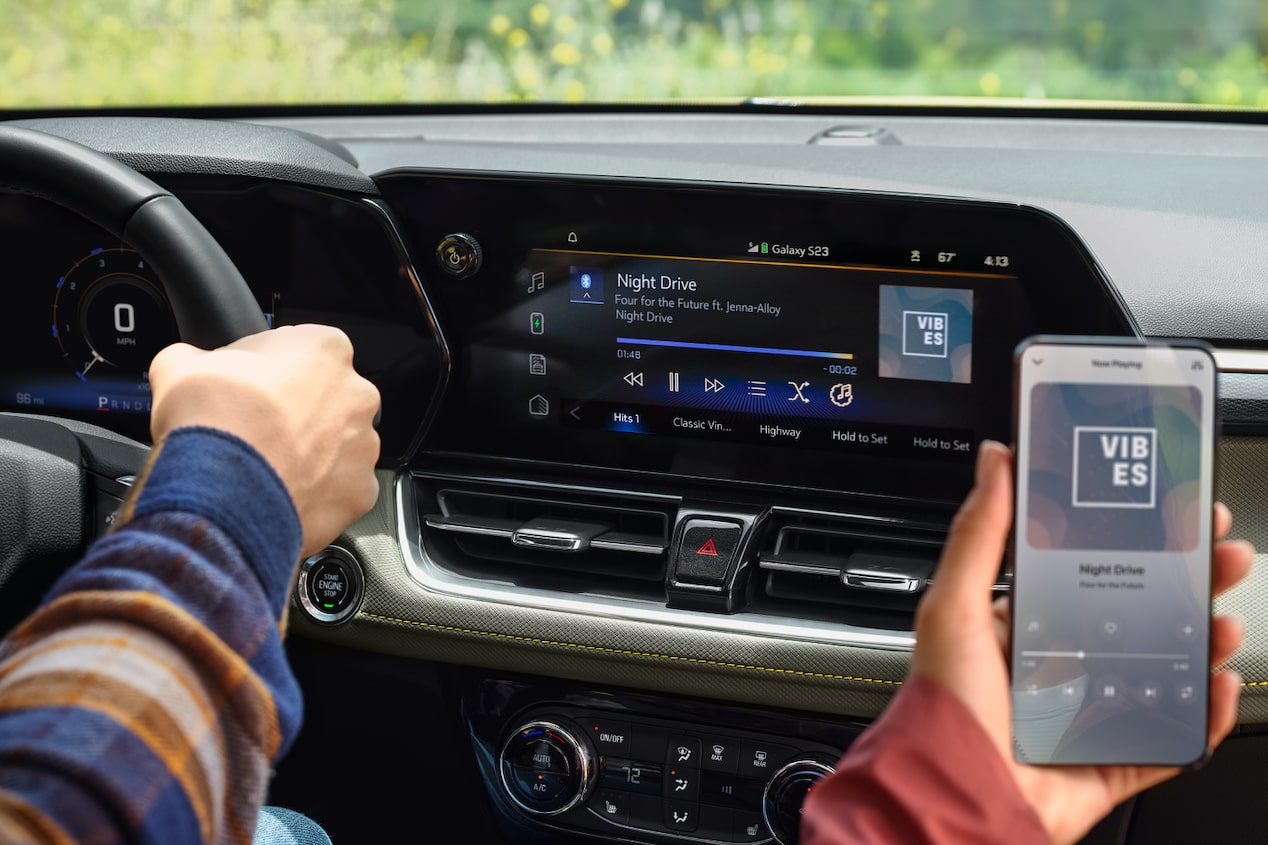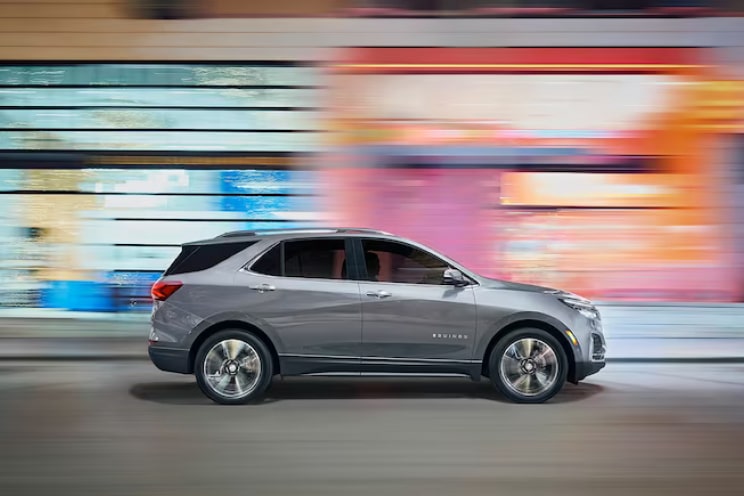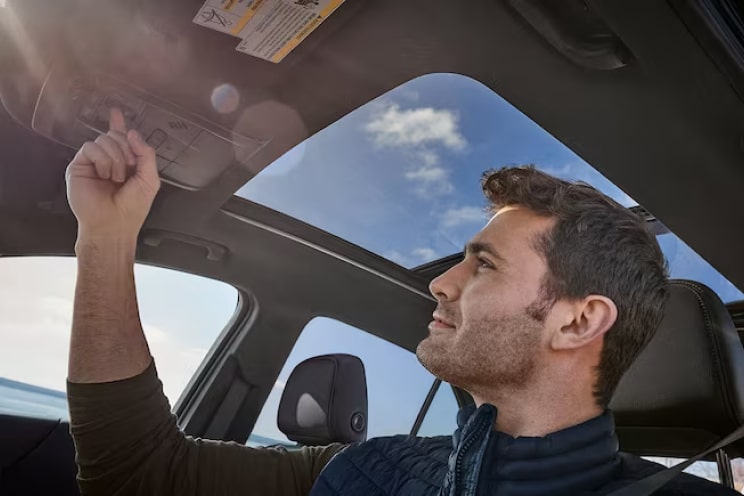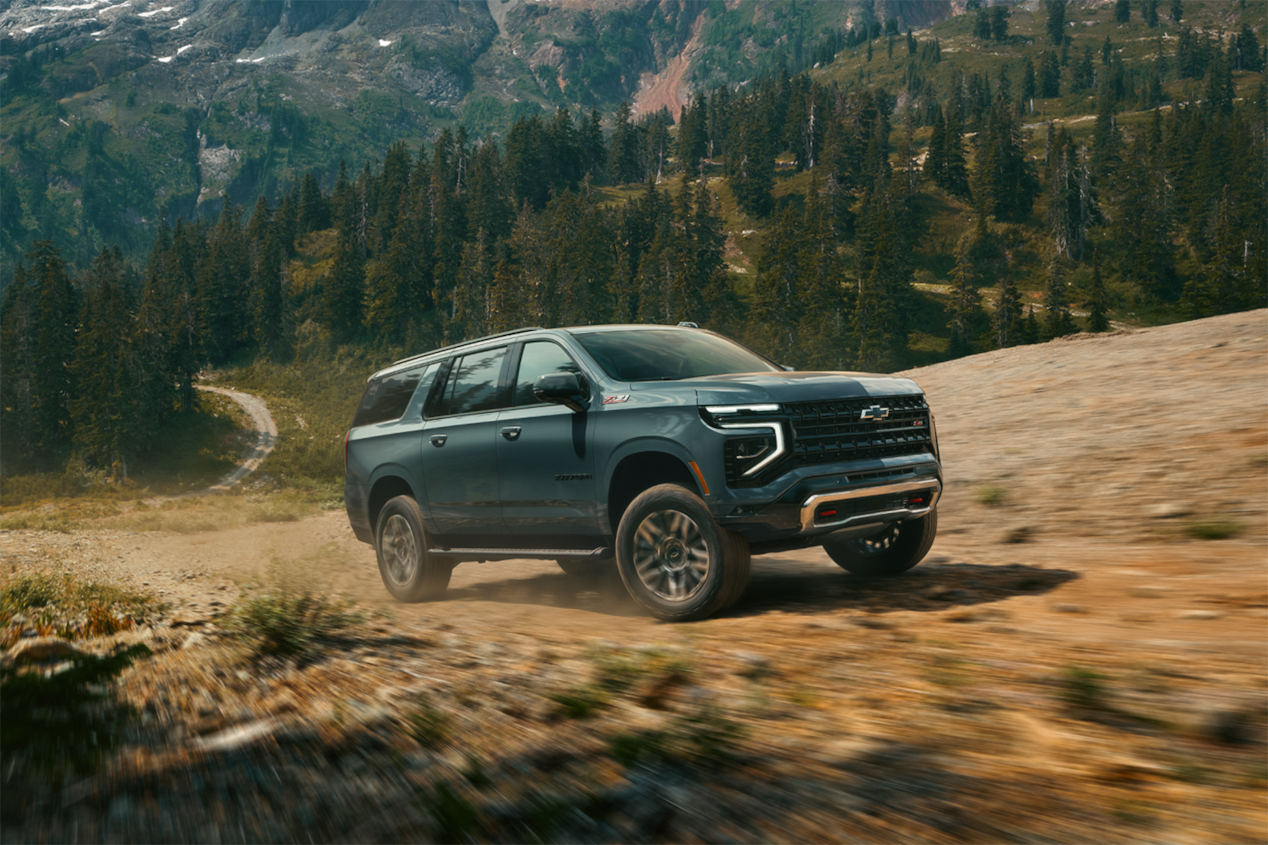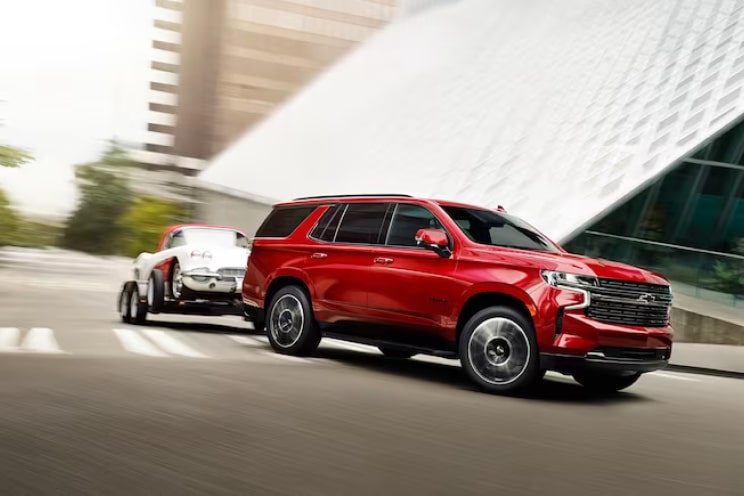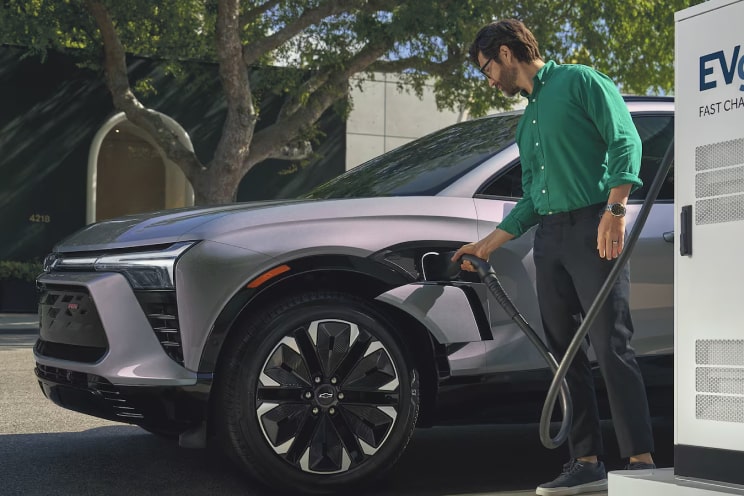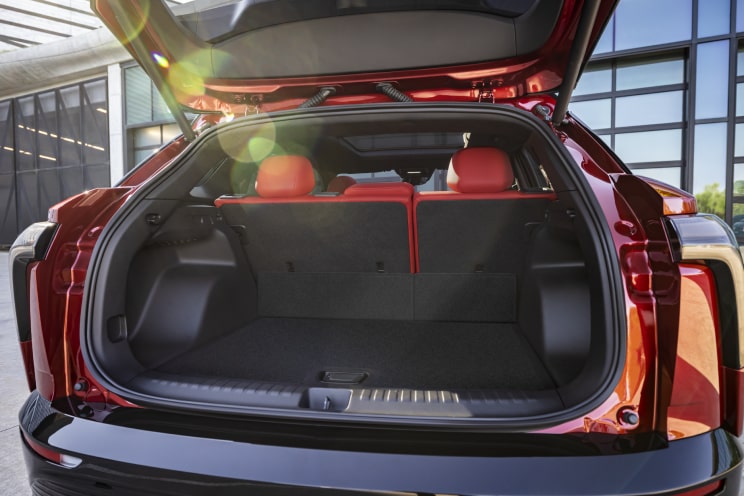Utility designed for every American
When it comes to SUVs, size matters. Whether your life calls for the small, sporty and surprisingly spacious Trax or the full-size capacity and capability of Suburban, Chevrolet has the right SUV model for you. Try one on for size.
Explore this page:
Small SUVs
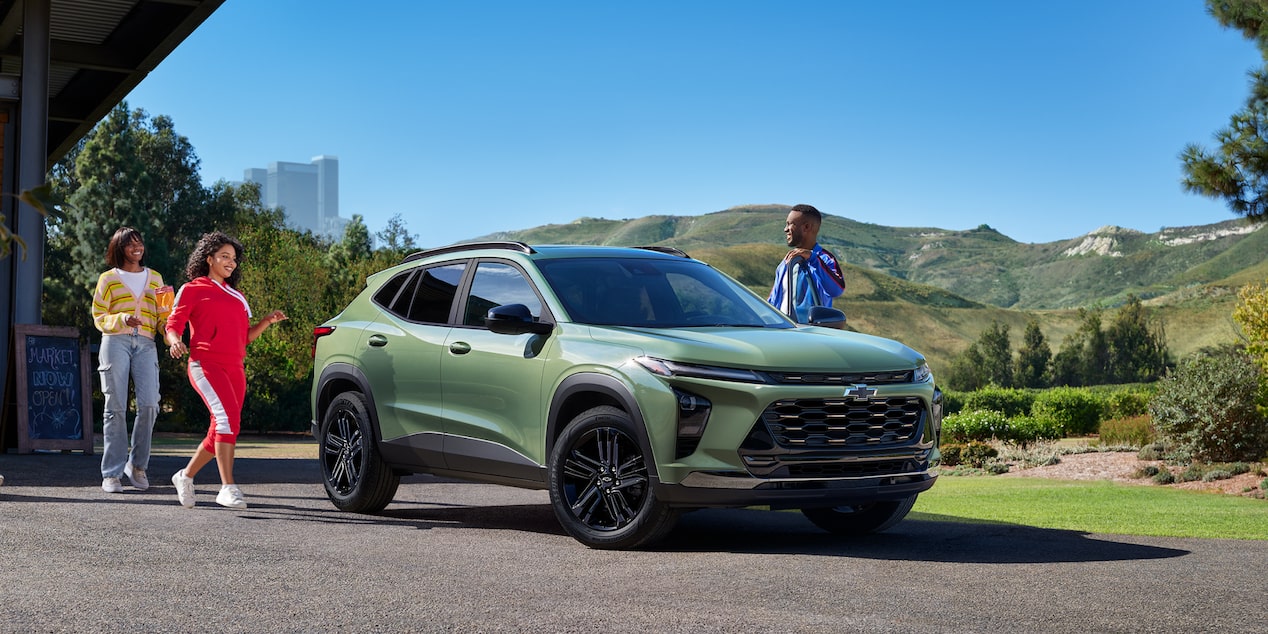
Small in stature but big on utility, our small and compact SUVs are designed to help you enjoy every adventure on the road ahead.
Key features
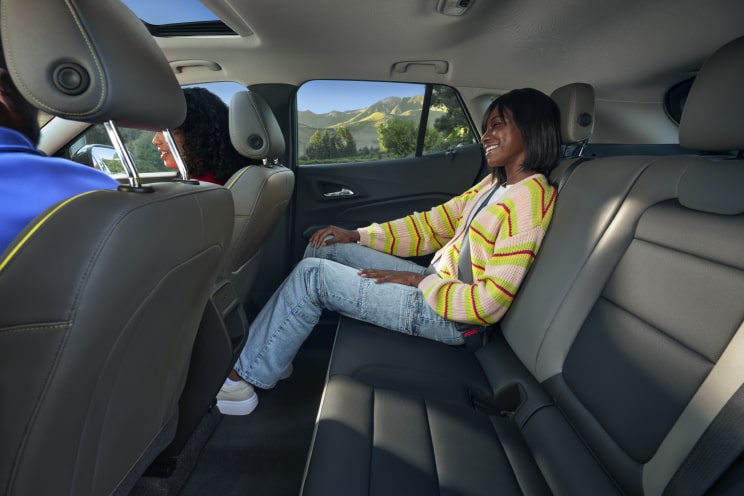
Comfort and capability
Spacious seating provides first-class accommodations for all passengers. And you can always count on plenty of cargo capacity when you want to bring your things along for the ride.
Discover our small SUVs
Compact and midsize SUVs
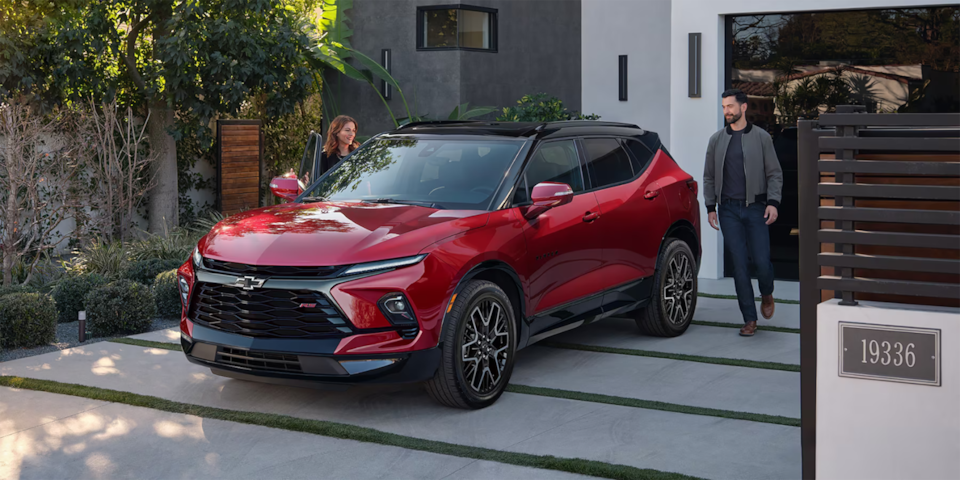
Key features
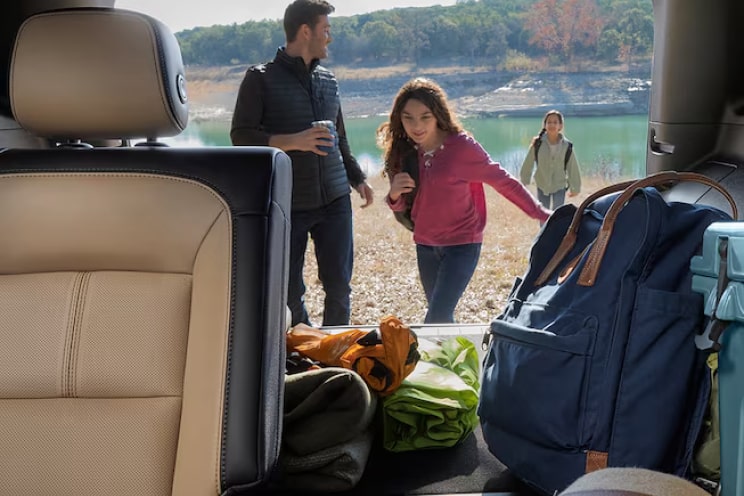
Room for it all
Equinox, Blazer and Traverse have plenty of cargo space to handle your gear. And with the second-row seats folded flat, there’s even more room to bring the fun along on your next adventure.
Discover our compact and midsize SUVs
Large SUVs
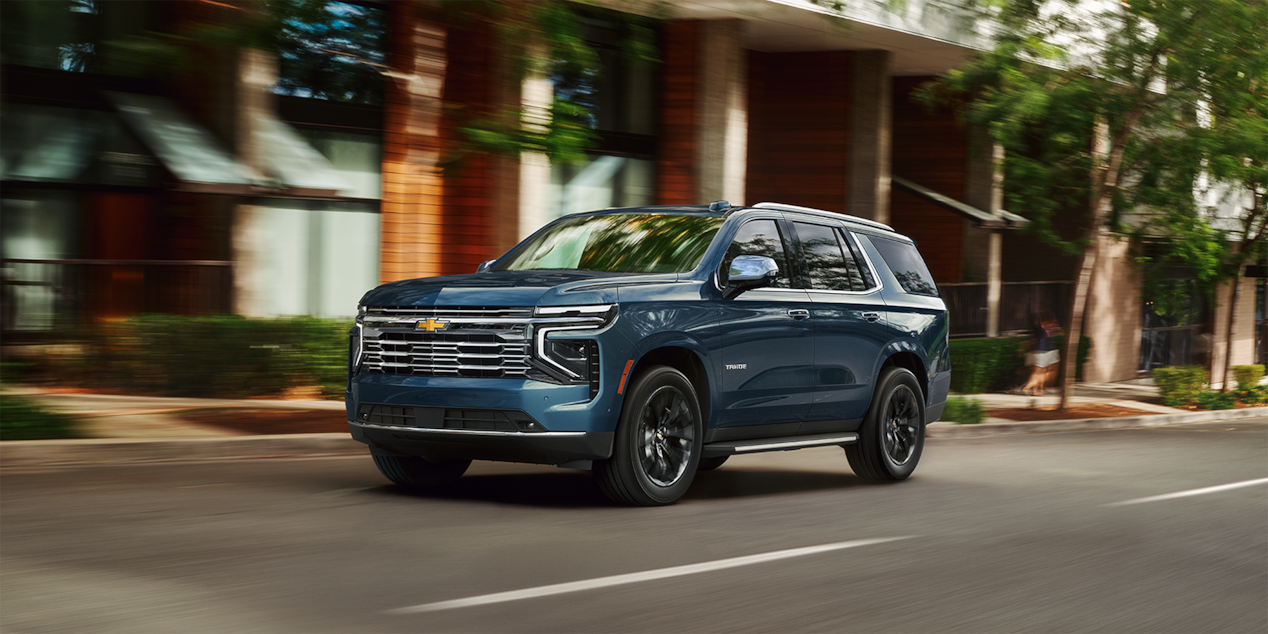
Key features
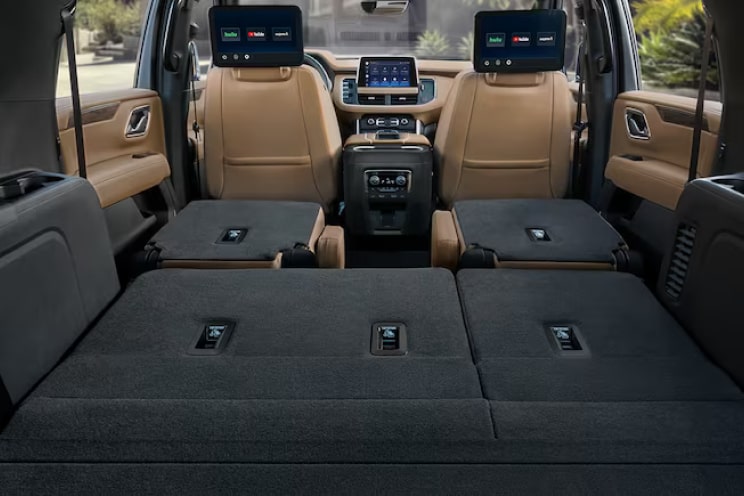
Room for more of life’s essentials
Whether you’re bringing people or cargo, sometimes you just need room for more. Our large SUVs are versatile enough to carry up to 9 people or long objects — it’s always up to you.
Discover our large SUVs
Electric SUVs
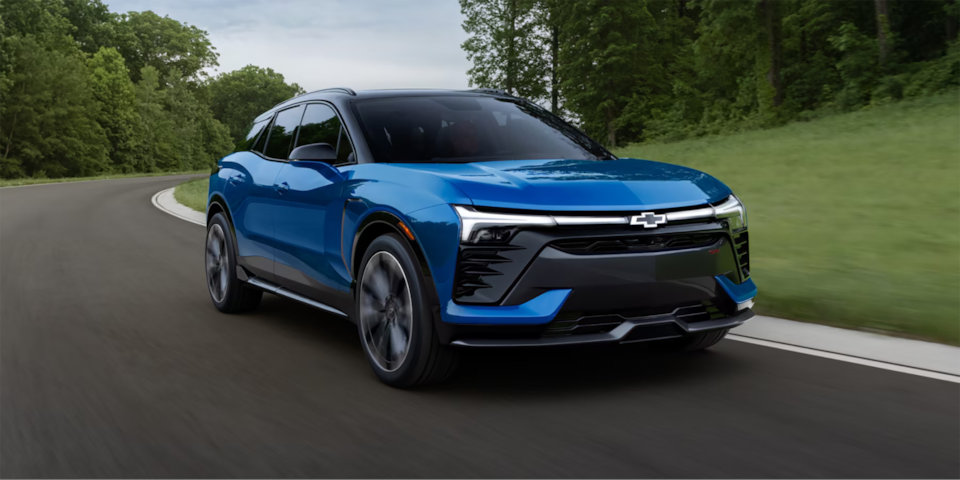
All the style, capability and flexibility you want, need and expect from a Chevy compact SUV, plus one more thing: the game-changing ability to live an all-electric life.
Key features
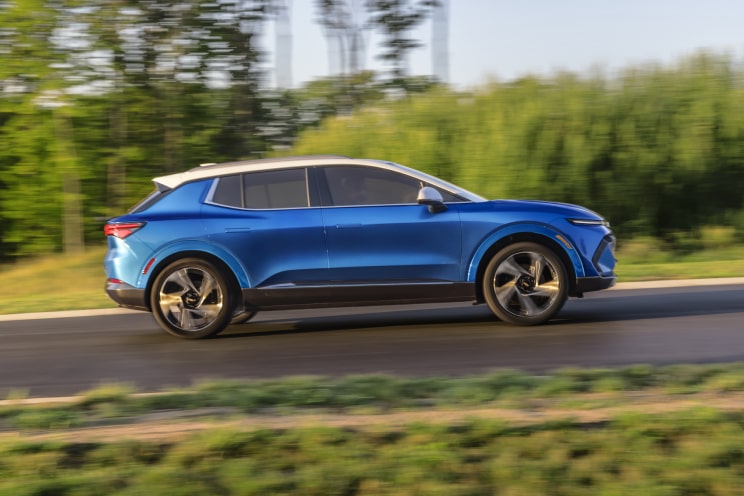
The right amount of range
Both Equinox EV and Blazer EV electric midsize SUVs offer ranges of over 300
Discover our electric SUVs
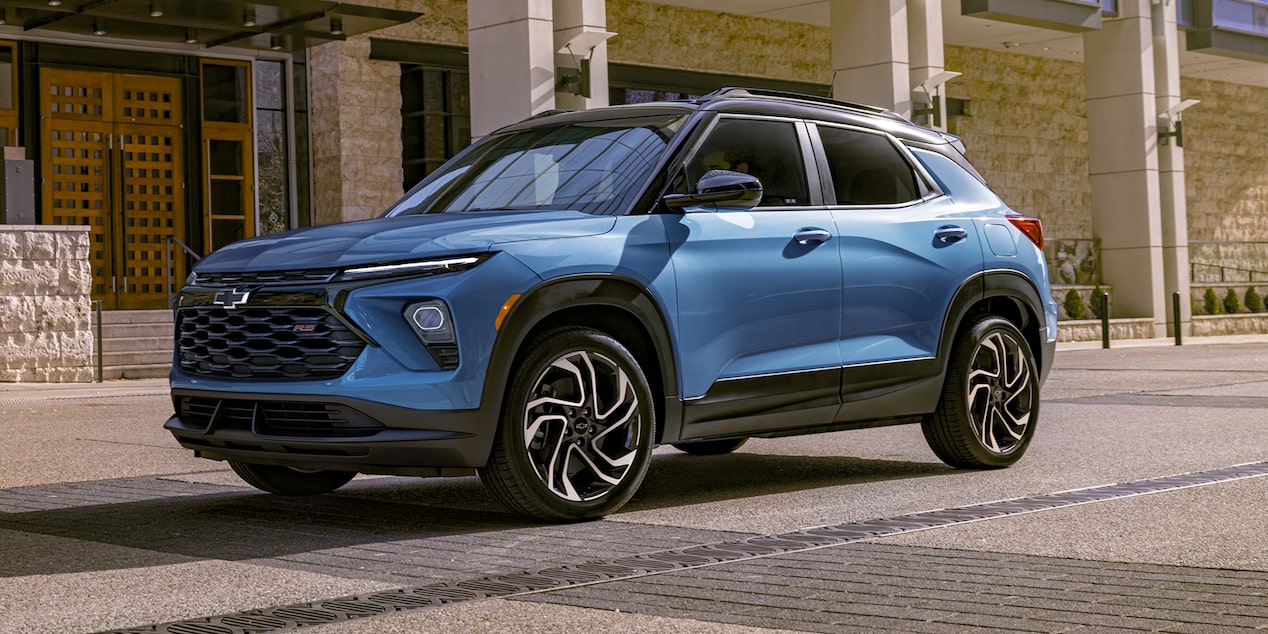
See all Chevy SUV offers
You’ll be one step closer to bringing home a Chevy once you explore our SUV offers.
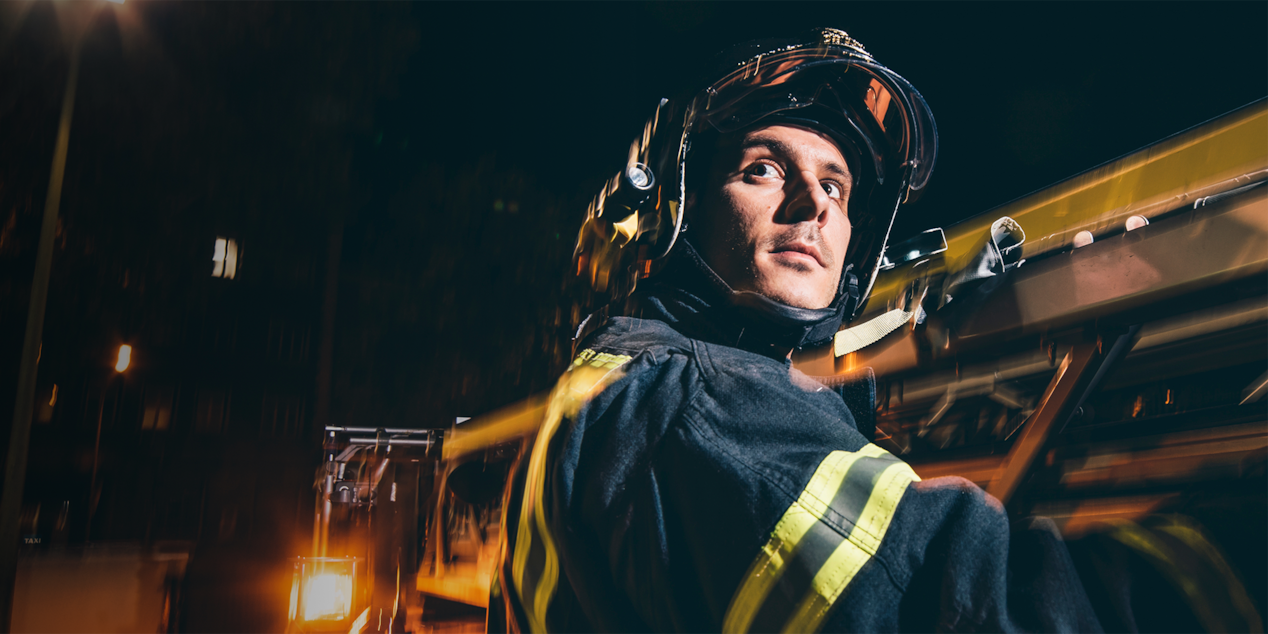
Explore special offers
Learn about our Military, Educator and First Responder offers.
FAQs
Explore Trucks



